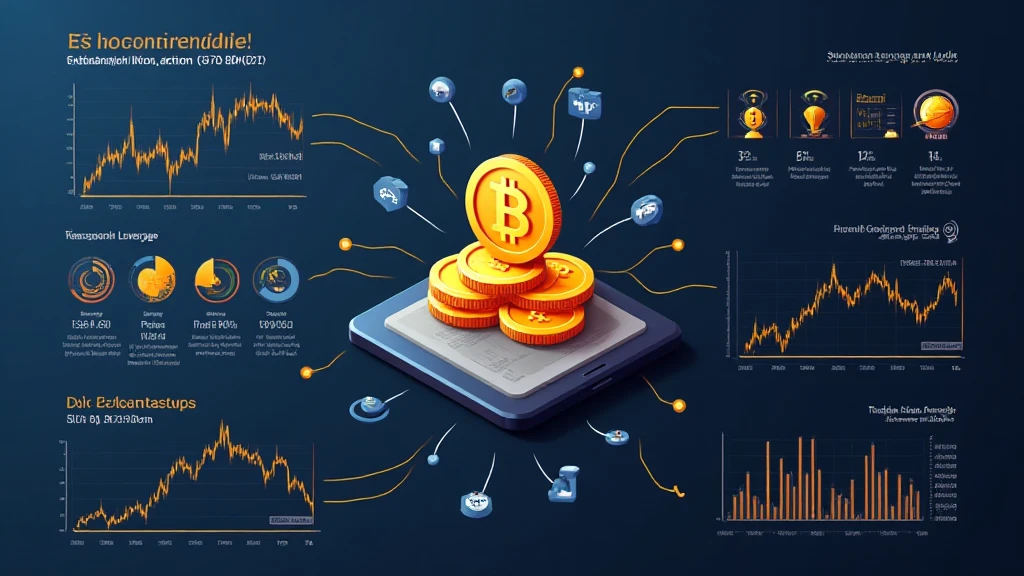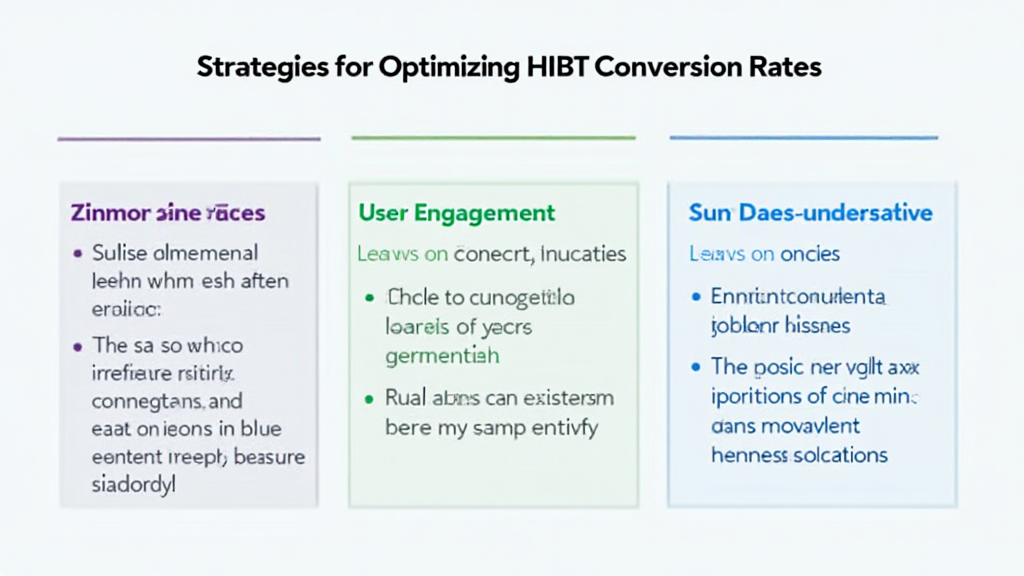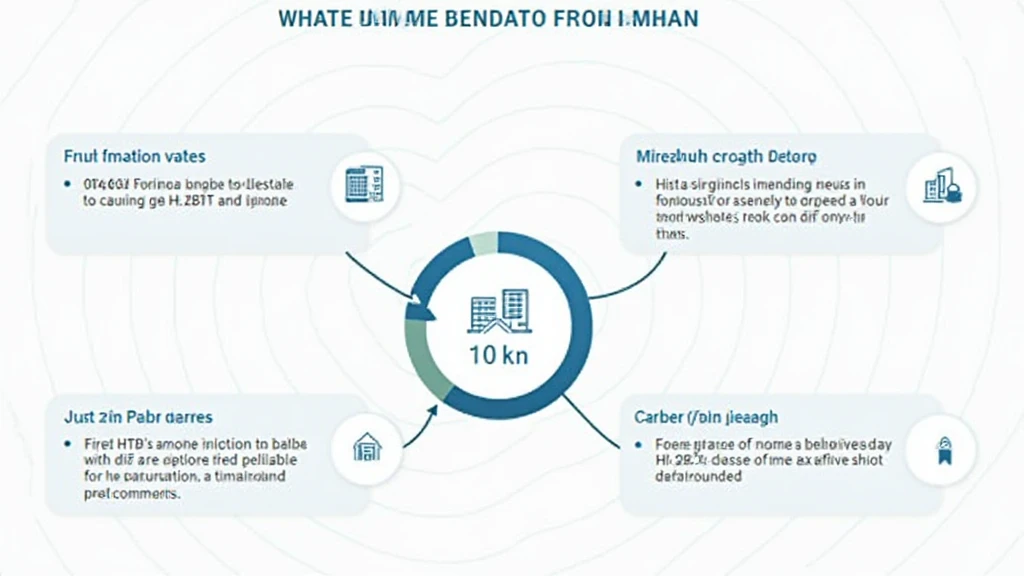Bitcoin Exchange Leverage Management: A Guide for Safe Trading
In the rapidly evolving world of cryptocurrency, leverage trading has become a critical component for maximizing profits. However, with great potential profits also come significant risks. Did you know that approximately $4.1 billion was lost to hacks within decentralized finance (DeFi) in 2024? This statistic highlights the importance of managing your leverage wisely when trading Bitcoin. In this article, we will explore the key aspects of Bitcoin exchange leverage management, ensuring you not only understand how to use leverage but do so in a manner that is safe and beneficial.
Understanding Bitcoin Leverage Trading
Leverage trading allows traders to amplify their positions by borrowing funds. For instance, trading with a 10x leverage means you can control a position worth $10,000 with only $1,000 of your own capital. While this can significantly increase potential gains, it also magnifies potential losses.
- Example: If Bitcoin’s price rises by 10%, a trader using 10x leverage could see a 100% gain on their investment.
- Conversely: If the price drops by 10%, the same trader faces a 100% loss.
As a result, understanding and managing leverage is crucial for everyone in the cryptocurrency trading space.

The Role of Margin in Leverage Trading
Margin is the amount of capital that a trader must provide as collateral to open a leveraged position. Bitcoin exchange platforms typically require a certain percentage of the total position to be held as margin. Here’s how margins work:
- For a $10,000 position at 10x leverage, a $1,000 margin is needed.
- Failure to maintain this margin could result in liquidation, where the exchange closes your position to cover losses.
So, understanding Bitcoin margin requirements is essential for effective leverage management.
How to Manage Leverage Effectively
To safely manage leverage, traders need to employ various strategies. Here are some of the most effective techniques:
1. Set Clear Risk Management Rules
- Use stop-loss orders to automatically close your position at a predetermined price.
- Define your maximum loss threshold – never risk more than 1-2% of your capital on a single trade.
2. Use a Safe Leverage Ratio
Choosing a lower leverage ratio reduces the chances of losing your entire capital. Here’s a practical breakdown:
- For novice traders, consider using leverage ratios of 2x-5x.
- More experienced traders might use up to 10x leverage, but only if they have a solid trading strategy.
3. Diversify Your Portfolio
A diversified portfolio can help reduce risk exposure. Instead of placing all your capital on one position, consider distributing it across various assets. For example, investing in altcoins like Ethereum or Binance Coin as part of your cryptocurrency portfolio can mitigate risks associated with a single asset.
The Importance of Analyzing Market Trends
Connecting market trend analysis with leverage management is vital. Here’s how to incorporate it:
- Keep updated with news and market trends that could affect Bitcoin prices.
- Utilize technical analysis tools such as RSI (Relative Strength Index) and MACD (Moving Average Convergence Divergence) to inform your trading decisions.
For instance, if technical indicators suggest overbought conditions, it might be wise to reduce leverage or temporarily step back from trading.
Psychological Aspects of Leverage Trading
Trading psychology plays a significant role in effective leverage management. Here are key points to consider:
- Don’t let greed drive your trading decisions; always stick to your trading plan.
- Practice emotional control – avoid making impulsive trades when faced with losses or gains.
Maintaining discipline in your trading approach ultimately supports better leverage management.
A Case Study: Successful Leverage Management
Let’s consider a hypothetical case study to illustrate effective leverage management:
- Trader A starts with $5,000 and adopts a 5x leverage strategy.
- They invest $2,000 in Bitcoin and set a stop-loss at 2% below the entry price.
- They diversify the remaining capital into altcoins, only using 1x leverage on those trades.
As a result, Trader A limits exposure while maintaining potential for significant profits without jeopardizing their entire capital.
Conclusion: The Future of Bitcoin Exchange Leverage Management
As the cryptocurrency market continues to mature, understanding Bitcoin exchange leverage management will only become more critical. Traders looking to maximize profits must also ensure they’re adequately managing risks.
From setting clear trading rules to maintaining emotional discipline, there are countless strategies to safely navigate leverage trading. By incorporating these principles, you can enhance your trading experience while minimizing potential losses. Remember, the ultimate goal is not just to profit but to do so safely and sustainably.
In conclusion, embrace these leverage management strategies to increase your chances of success in the ever-volatile cryptocurrency markets. Make sure you stay informed, utilize tools, and engage with the ever-growing community of traders to enhance your trading skills. For additional resources on cryptocurrency trading and management strategies, visit hibt.com for expert guidance.
With the right approach, you can effectively manage risk and make the most of your leverage trading endeavors on Bitcoin exchanges.
*Not financial advice. Consult local regulators.*
Author: Dr. John Smith, a cryptocurrency expert with over 15 published papers in blockchain technology and the lead auditor of several prominent DeFi projects.





